The DC Extended Universe (DCEU) is, at the best of times, a mixed bag. At the worst of times, it is consistently ridiculed for its overly dark themes, rushed narratives, and misuse of iconic figures.
I for one enjoy the DCEU. From Man of Steel to Birds of Prey, I’ve never had a significant issue with it — save for Justice League, which even I will admit was a disaster. Nevertheless, the debate over its quality rages on. So where can fans of the DC universe go for cinematic storytelling?
Many agree the animated universe is an excellent avenue, especially when Warner Bros. focuses on a shared universe as it has with the DC Animated Universe and DC Animated Movie Universe. However, in my opinion, the iteration that utilizes the characters in the most consistent and innovative fashion is the Injustice franchise of video games.
Injustice Introduces a New Continuity
Injustice: Gods Among Us and its sequel, the unimpressively titled Injustice 2, are the most effective and impressive cinematic epic of DC Comics. The story follows an Earth in the hands of a tyrannical Superman driven mad by the Joker. He was tricked into killing his wife and unborn child, and when push came to shove, Superman shoved his fist right through Joker’s chest, much to the horror of Batman.
When this happened, Superman went down a dark path leading to him creating the Regime. With a host of villains and heroes who believed in his vision of a no-tolerance view on crime, Superman quickly took over Earth. The only resistance came in the form of Batman and his own ragtag team known as the Insurgency.
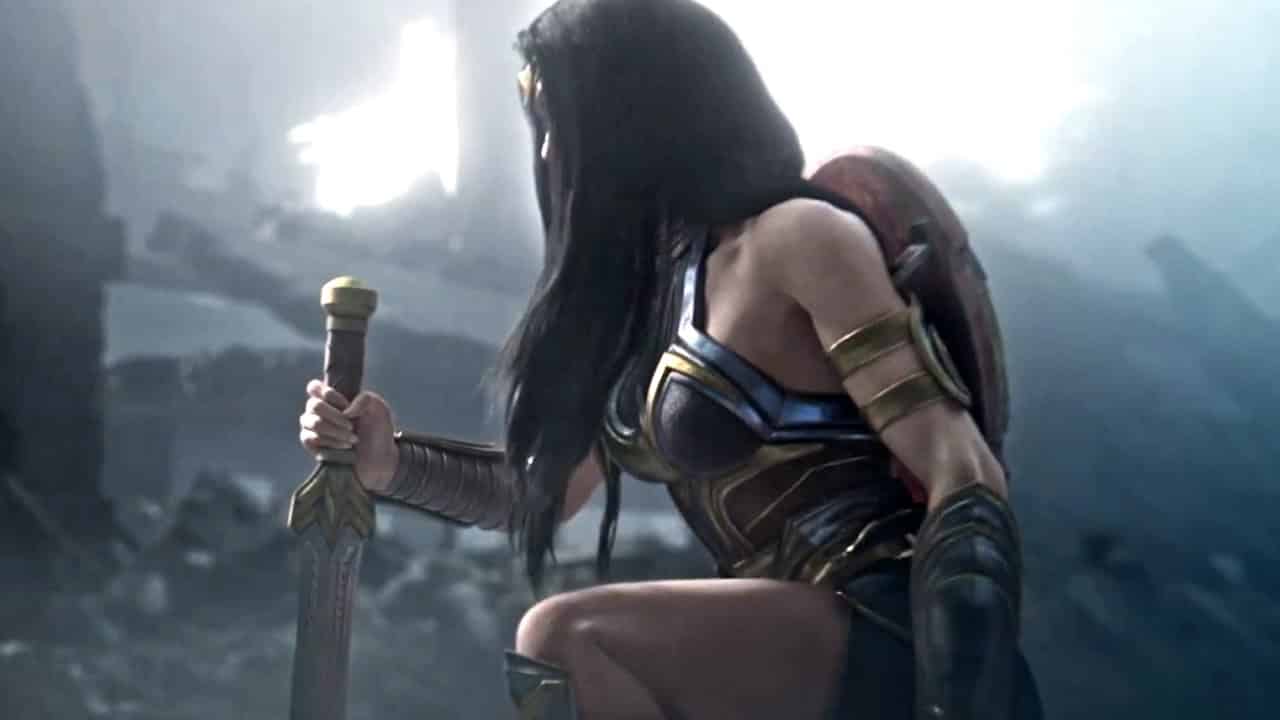
They believed their best option was to bring another Superman and his Justice League from another Earth to help. It worked, and this Earth sighed a heavy sigh of relief. There was rebuilding to be done, but wounds could begin to heal between the fractured friends and families.
Five years later, the Insurgency and the world are still recovering from the Regime. New heroes and villains have appeared as a cold war has begun, all centered around the release of Superman. With the two forces preparing for another battle, there are even greater threats in the wings.
The rise of the “Society” means the introduction of a new supervillain threat, and colliding towards Earth is the monstrous Brainiac, hell-bent on destroying Superman and the planet that harbors him.
The synthesis of all of these elements makes for a genre-defining story.
In just approximately 1 hour 40 minutes of cinematic storytelling for Injustice: Gods Among Us and 2 hours 45 minutes for Injustice 2, they paint a compelling and emotional narrative for a multitude of characters. It is a story with the scope of an Avengers film, but unlike an Avengers film in the Marvel Cinematic Universe, it doesn’t require hours of additional preceding material to set up that story.
This is because the writers of Injustice: Gods Among Us and Injustice 2 understand that we, the audience, know these characters. There is no need for the clichéd origin story or the umpteenth introduction of a character decades old who is known by millions. The world and the characters within it are already established when we meet them in Injustice, so the narrative can hit the ground running and develop characters in new ways.
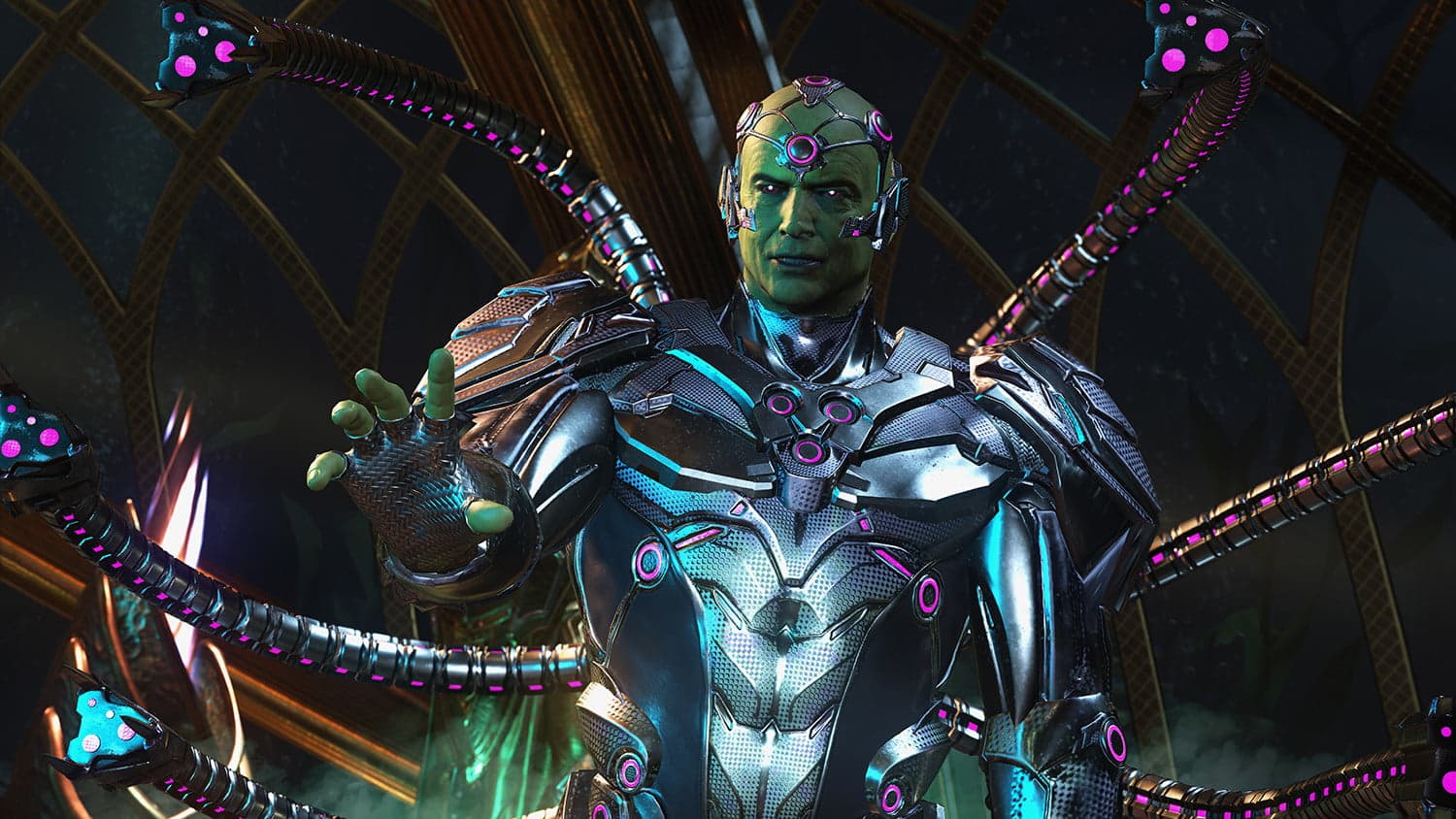
The Stakes Are Real
In Batman v Superman: Dawn of Justice, audiences took issue with the motivations of the titular characters. Fans hoped they would come to blows due to moral or philosophical differences, perhaps in how they dealt out justice. Instead, we got the big bad forcing the two of them to fight or else something bad would happen. This happens way too often in the comics, cartoons, etc.
In the Injustice franchise, it comes down to how these two behemoths feel about justice, how to deal it out, and ultimately a tragic element that should have brought them closer together but instead pushed them apart. Natural events drive the two into conflict, hurting everyone around them as they clash.
Injustice is so gripping and unpredictable in part because, unlike other stories involving these figures, you never know where its characters will end up. The series has no dense continuity to abide by. When Shazam is lobotomized by Superman in a harrowing scene showcasing Superman’s fall from grace, you understand anything could happen.
This story is setting up its own world, with its own rules, and they are terrifying. They are also compelling due to the actual stakes feeling quite high, which is rare in a superhero film (though somewhat common in Elseworlds comics). The fact that superhero stories within games aren’t traditionally taken as seriously as in cinema also works in Injustice’s favor, making its successes stand out even more.
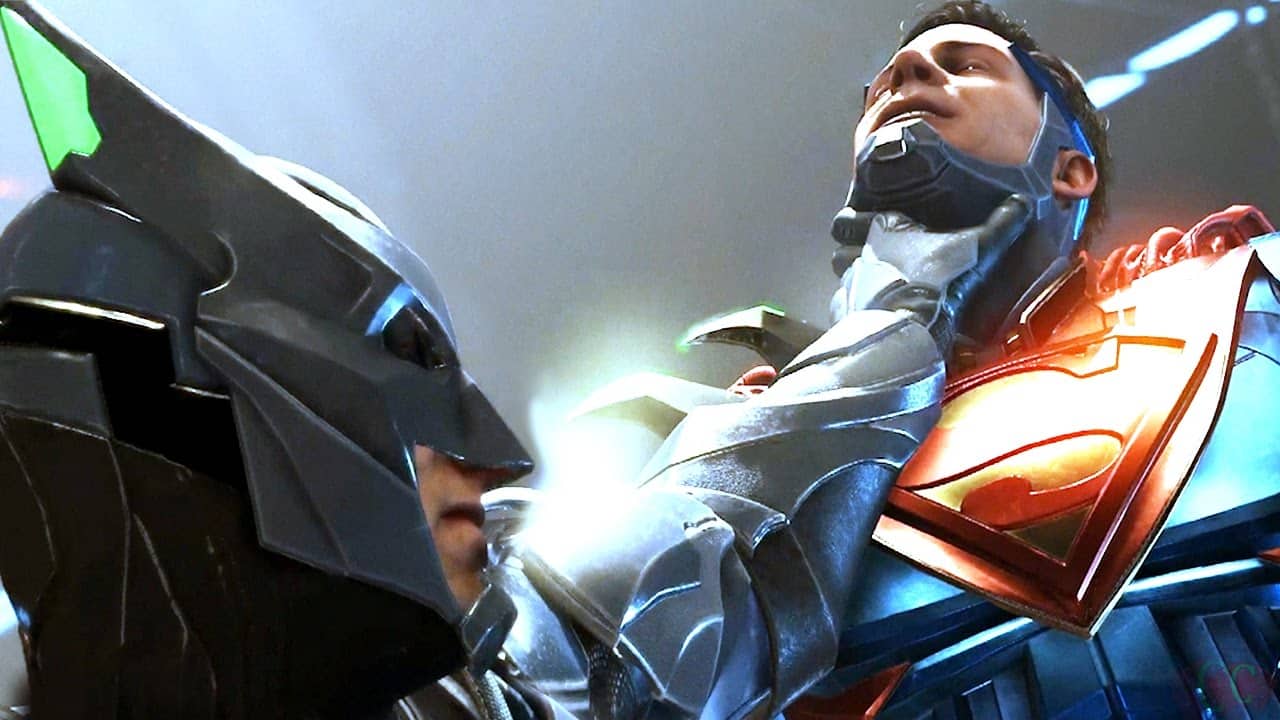
Freedom from continuity or the necessity of lucrative big-budget sequels centered around individual characters means Injustice can tell a story with real consequences. Going into Injustice 2, Superman is paying for his crimes, for all the bodies.
Other repercussions from the previous story are the lack of a Justice League, both the Regime and the Insurgency licking their wounds, and the trust for the superhero community at an all-time low. So when Brainiac and the Society rise, you feel the tension because the previous entry has established the danger that lies in unpredictability.
Cinematic in Scope and Quality
No superhero story would be complete without some superpowered action, and the Injustice franchise does not let up there. Injustice: Gods Among Us has the aforementioned unhinged scene between Superman and Shazam, and Injustice 2 has even more impressive scenes, such as one involving the Flash.
Barry Allen saves citizens from Brainiac’s forces and is then attacked by Deadshot, who trips him up with a bullet. Next, Barry is attacked by Captain Cold, who is furious because his sister and friends died at the hands of the Regime, of which Barry was a member at the time. It’s an emotionally charged scene, and when Barry defeats Cold and Deadshot, he is faced with his greatest enemy, the Reverse-Flash. They fight across states brawling as Reverse-Flash tries to kill the Flash, angry that he is stuck in a paradox because the Regime killed one of his ancestors.
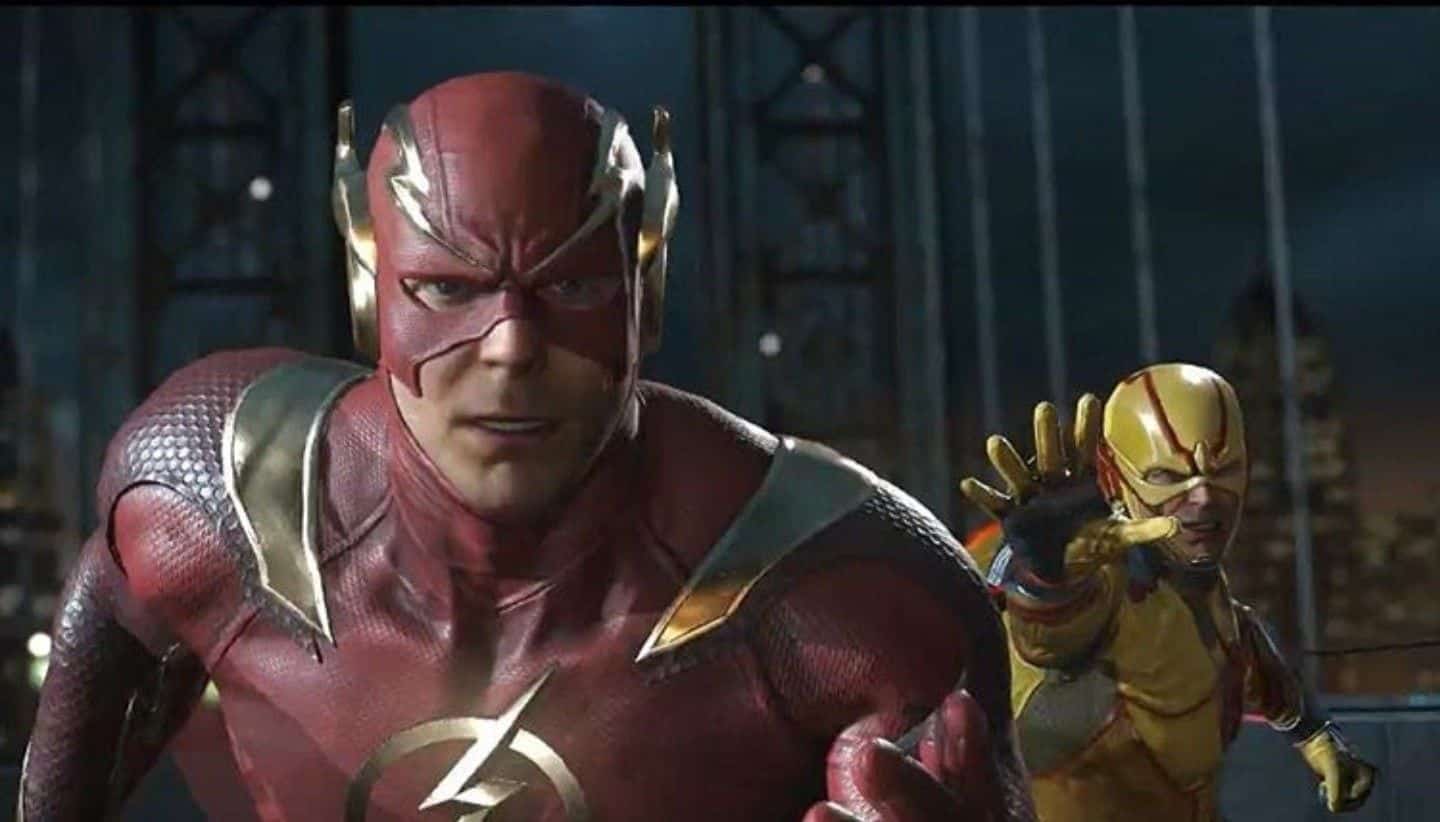
Watching Barry and Eobard Thawne battle across cities in a streak of color is a stellar experience. It’s exactly what you’d want out of a battle between two speedsters at the height of their power. It’s emotional, it’s visually engaging, and most importantly it’s well written. The back-and-forth between the characters is believable; you feel like these are archenemies, people who have faced each other countless times and have genuine grievances with each other.
Building a Better Universe
The narrative built by the Injustice franchise of games is undeniably compelling. It celebrates everything that makes DC Comics great. Its multiverse, its impeccable roster of characters, and its cinematic storytelling are all well represented by this franchise, thanks to writing that just puts characters in exciting situations and then examines the natural consequences.
Within the approximate 4 and a half hours of story that is the Injustice franchise, there’s a whole universe of possibilities. And while the DCEU cannot so blatantly play with its major characters’ lives, it could still learn a lot.

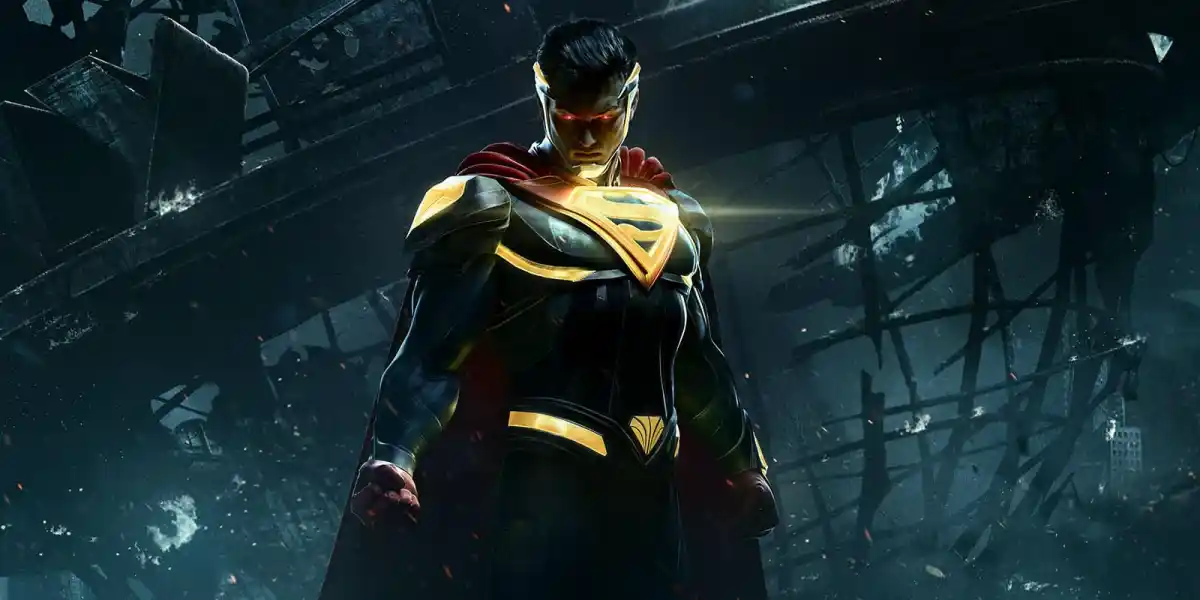
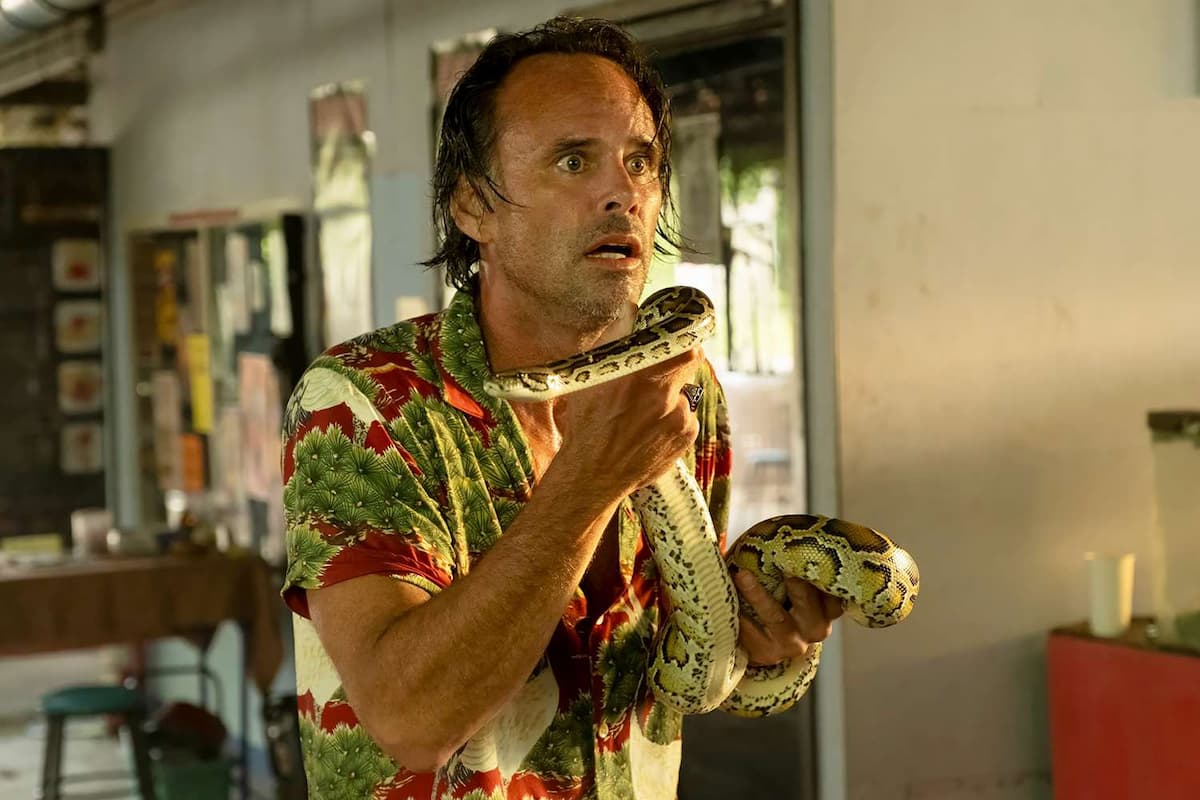


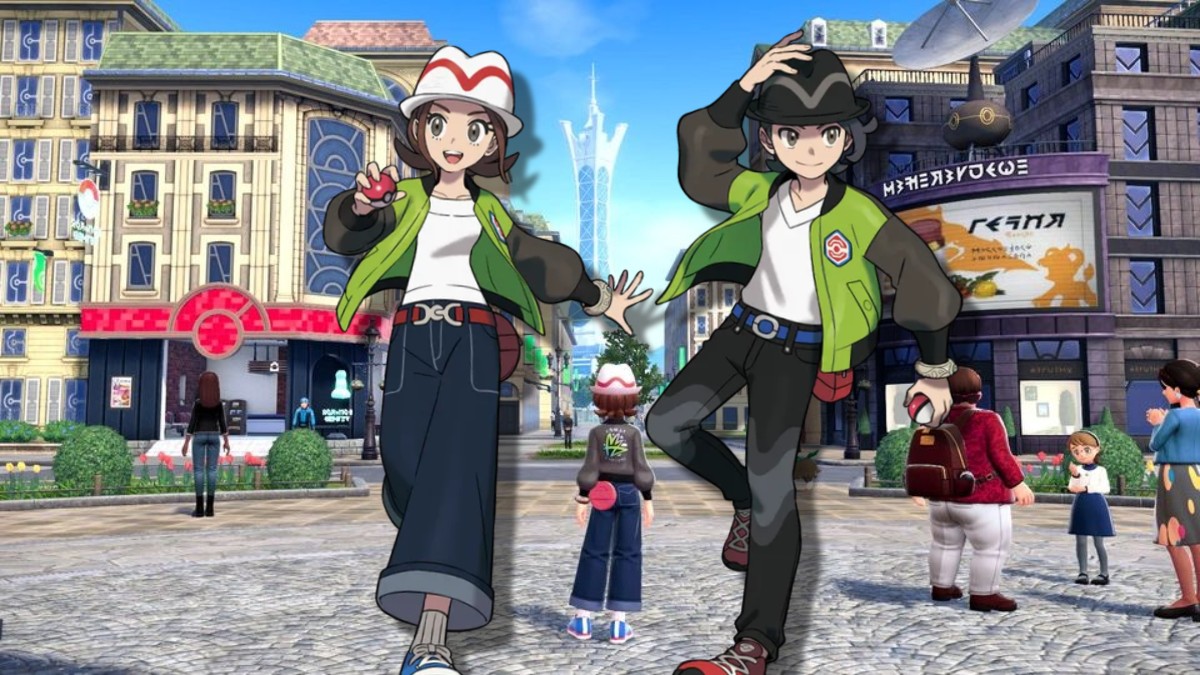

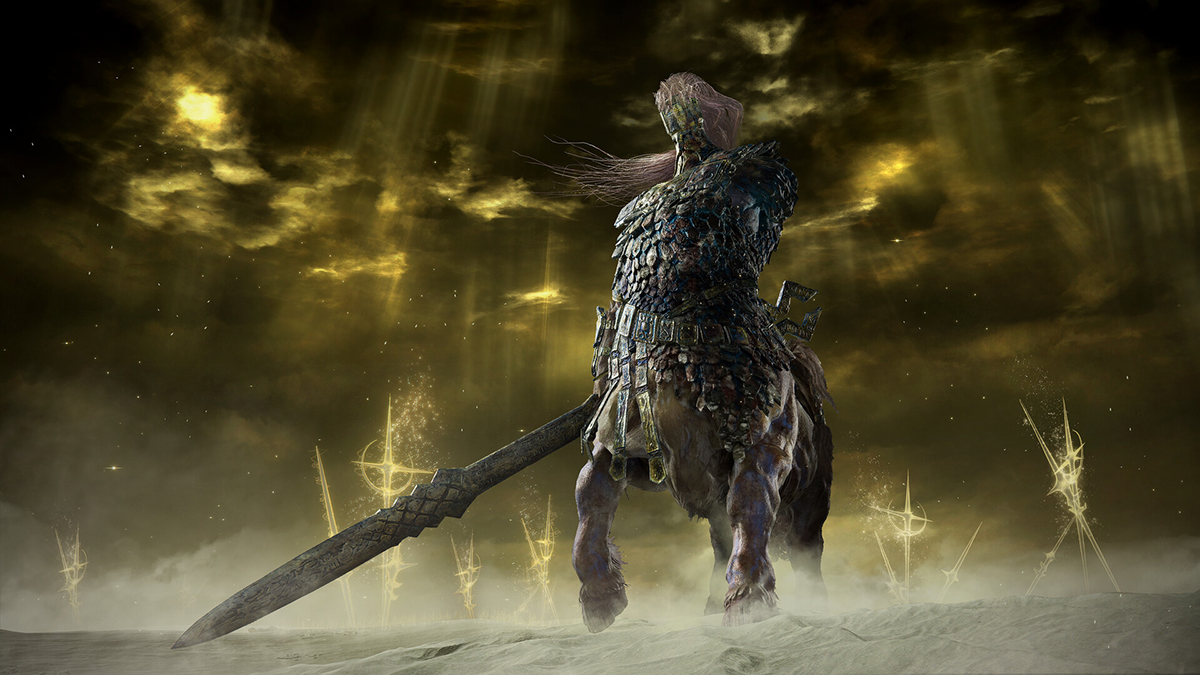



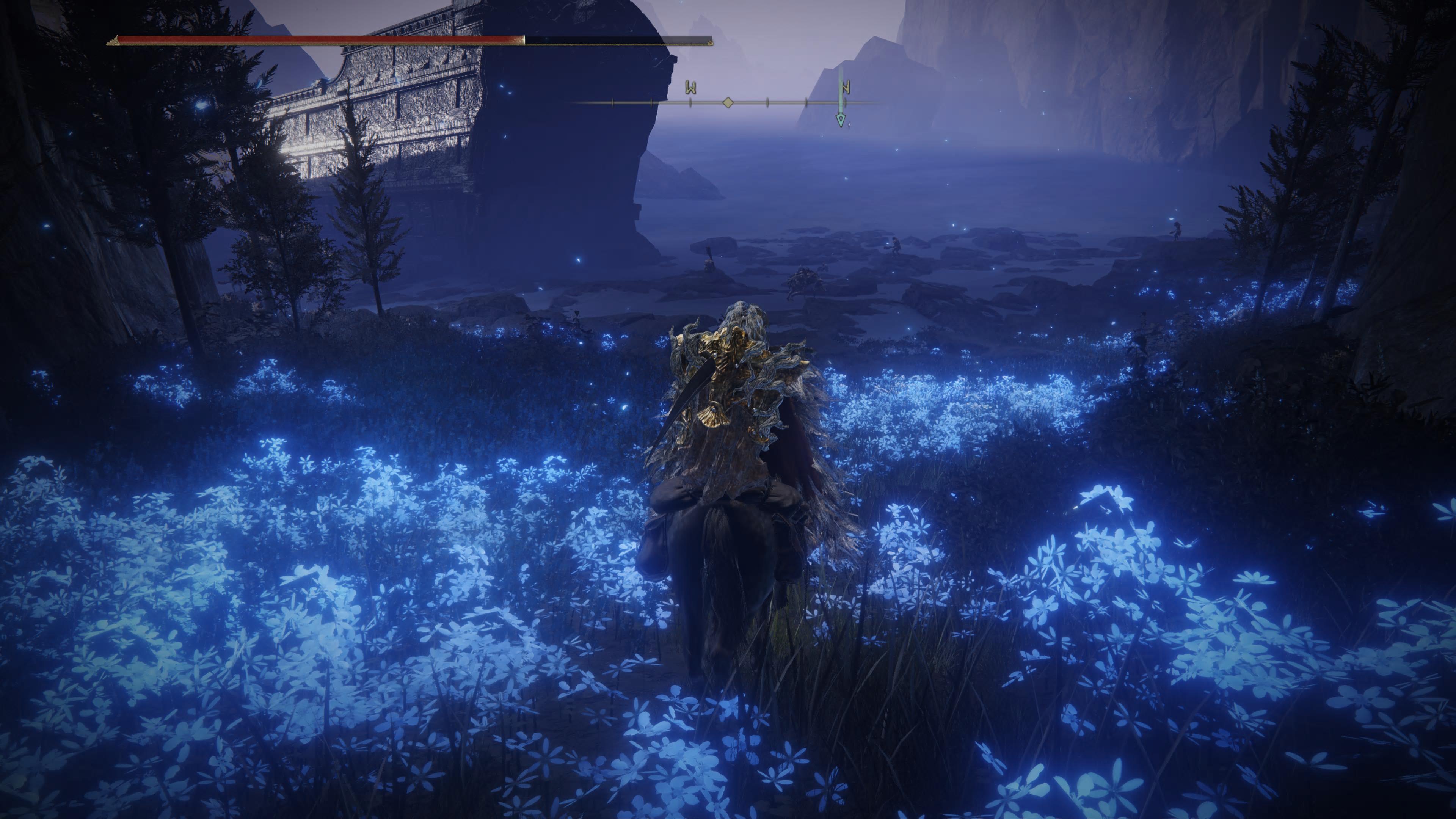

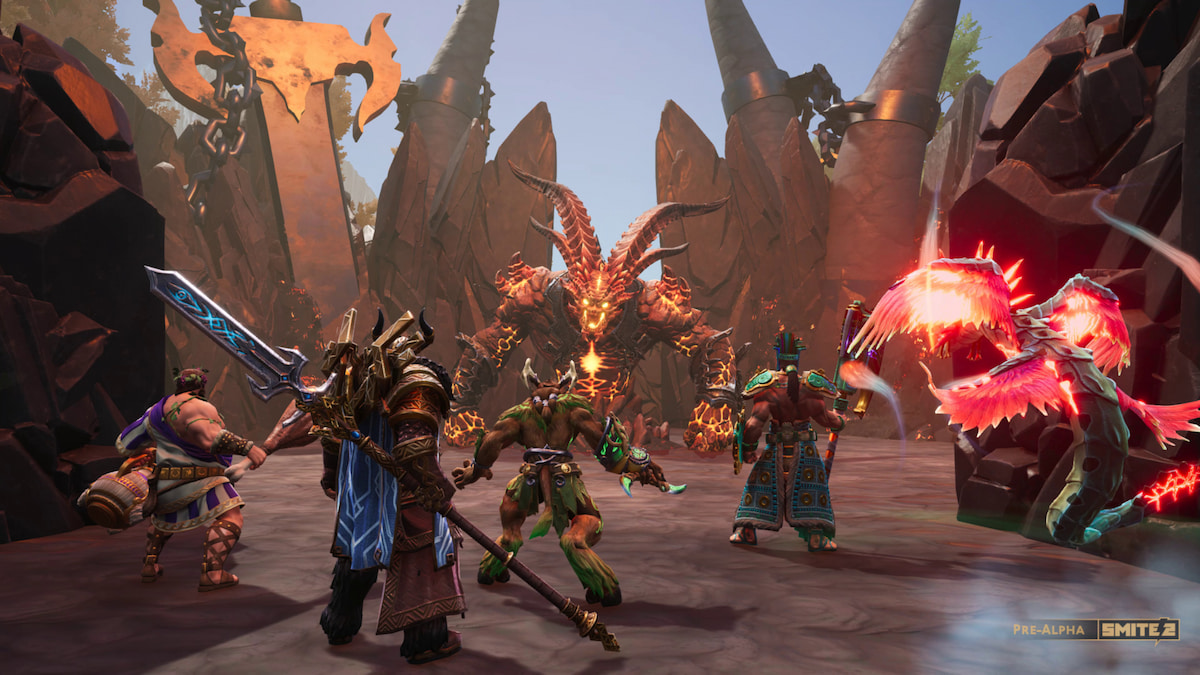

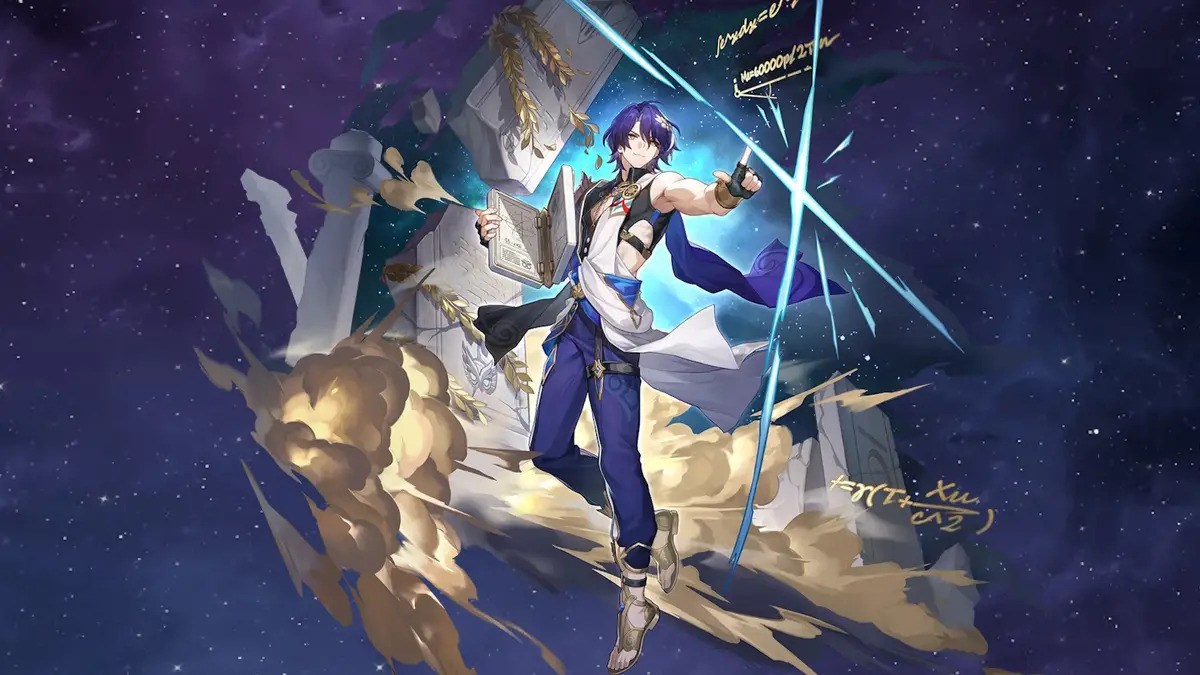

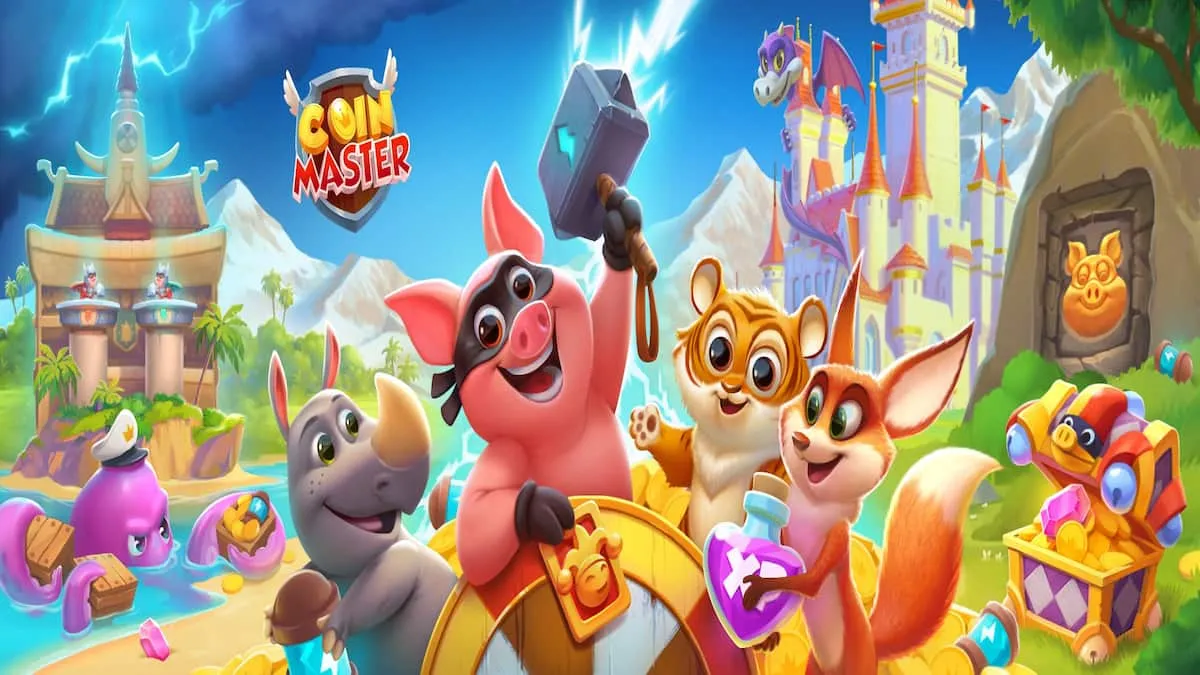




Published: Sep 23, 2020 5:00 PM UTC